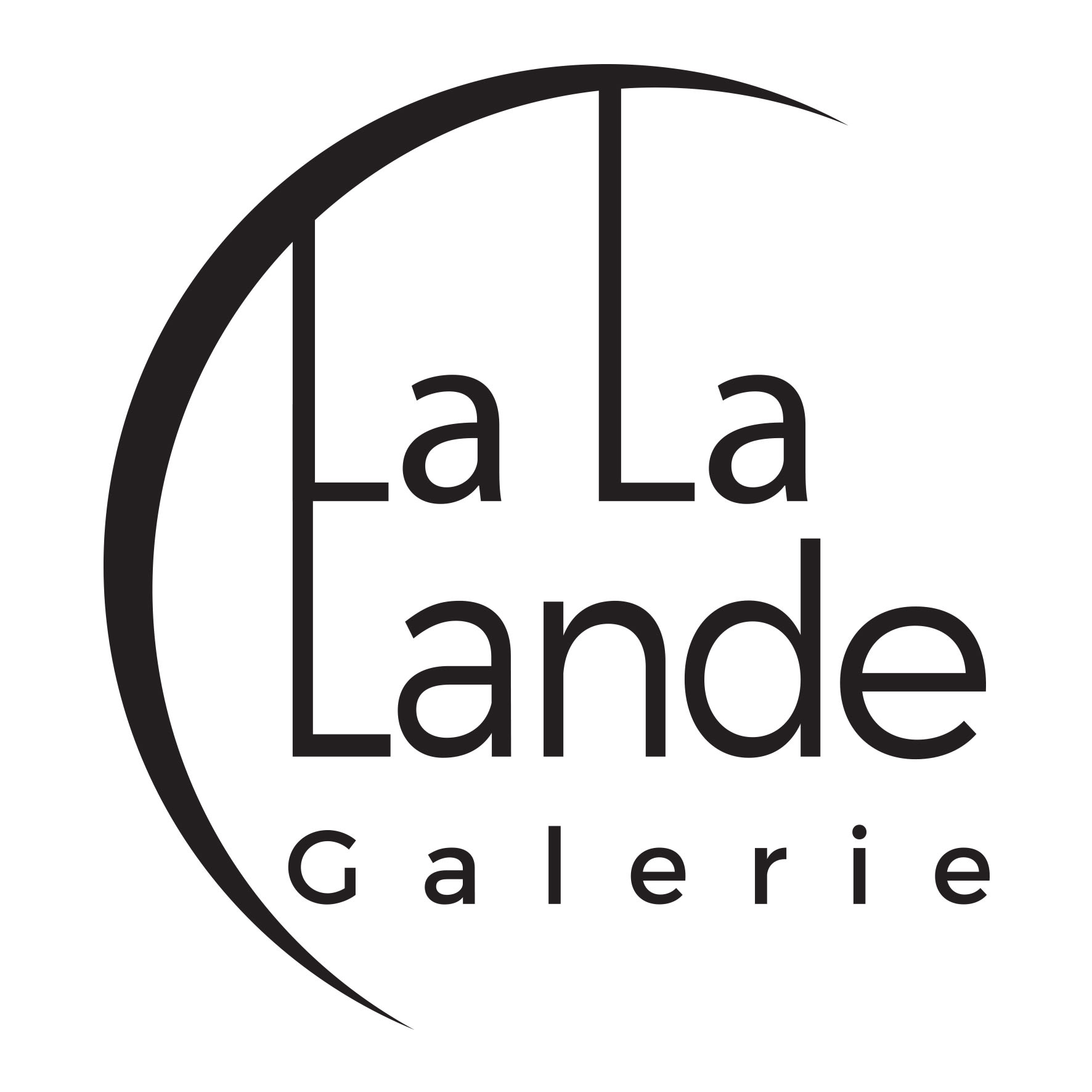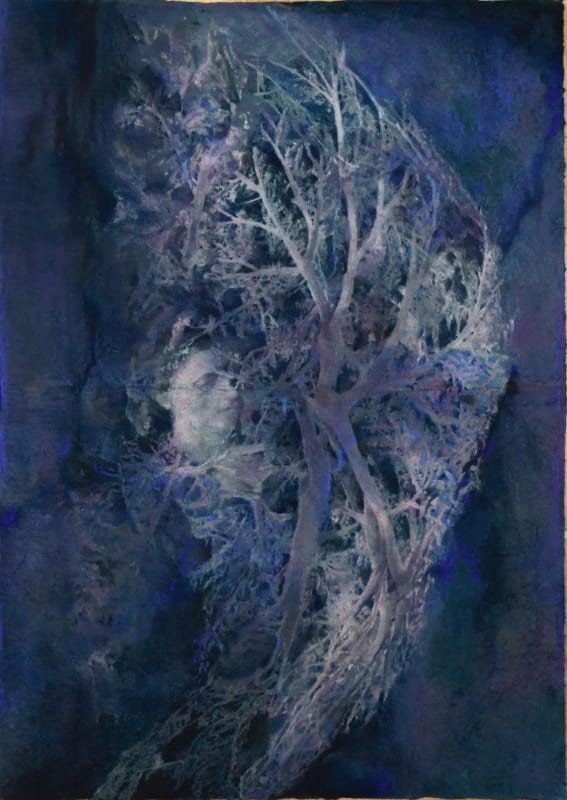« Je serai tes origines, tu seras mes racines »
Last year, Sarah Navasse's drawing workshop had to fit in half a suitcase to deploy from one place to another: France, Brazil, United States. The feeling of uprooting, present for several years during her expatriation in Texas, strangely dissipated with the life that grew within her.
Her art takes shape on the threshold of an ordinary event, but strangely unthinkable, with a need for color, to escape from the graphite that has accompanied her for so many years. The material is sensual. The powder from the pastel stick on the craft paper has the velvety feel of skin. Animal skin perhaps, like the patterns that sometimes appear on the bodies in certain drawings.
Her practice of drawing, linked to the theme of the body for a long time, nourished by the intimate, while echoing the world and its torments, could not fail to be strongly touched by a personal and universal experience at the same time: that of wearing life and to uproot a being from its body.
Sarah found inspiration in her readings. From « La commode aux tiroirs de couleurs » by Olivia Ruiz, a phrase remained engraved in her, that of a character, an exiled woman, alone and pregnant: “I will be your origins, you will be my roots”. Strange sensation that a being in itself can give roots. He sinks them in the body, and yet, it is the bearer who, however uprooted she may be, carries and pushes her roots, far from the gaze of others, internally and on the earth where his feet are located, whatever it may be. either.
« Les cellules buissonnières – l’enfant dont la mère n’était pas née et autres folles histoires du microchimérisme » by Lise Barnéoud is the book that accompanied her in her creation and that resonates the most with this series of drawings. This book establishes that, scientifically, the body during pregnancy acts as a model of integration by integrating many "foreign" bacteria.
« Stranger ! What does that word mean ? (...) What nonsense to pretend that I am less of a man on one part of the earth than on the other! » (Victor Hugo)
Sarah decided to work on mirrored compositions. She began with a series of small, imaginative pencil drawings. Some then became the starting points for two pastel drawings each. This way of working reflects the multiplicity that constitutes us, how the other constructs us. There is no stranger but a sharing, an integration, a perpetual evolution, and that the roots are born from this reunion, and never from an original “purity”.
— Sarah Navasse


